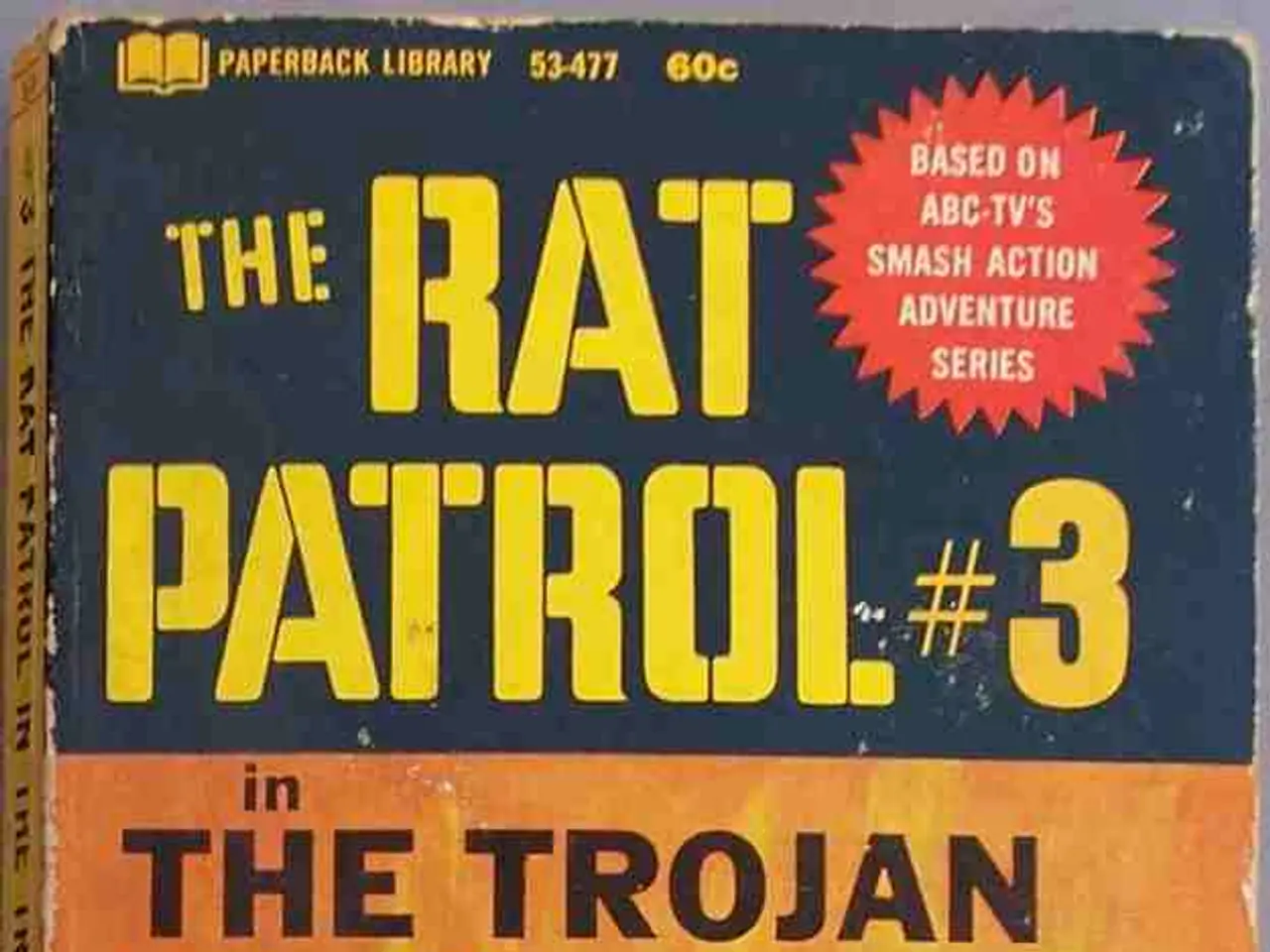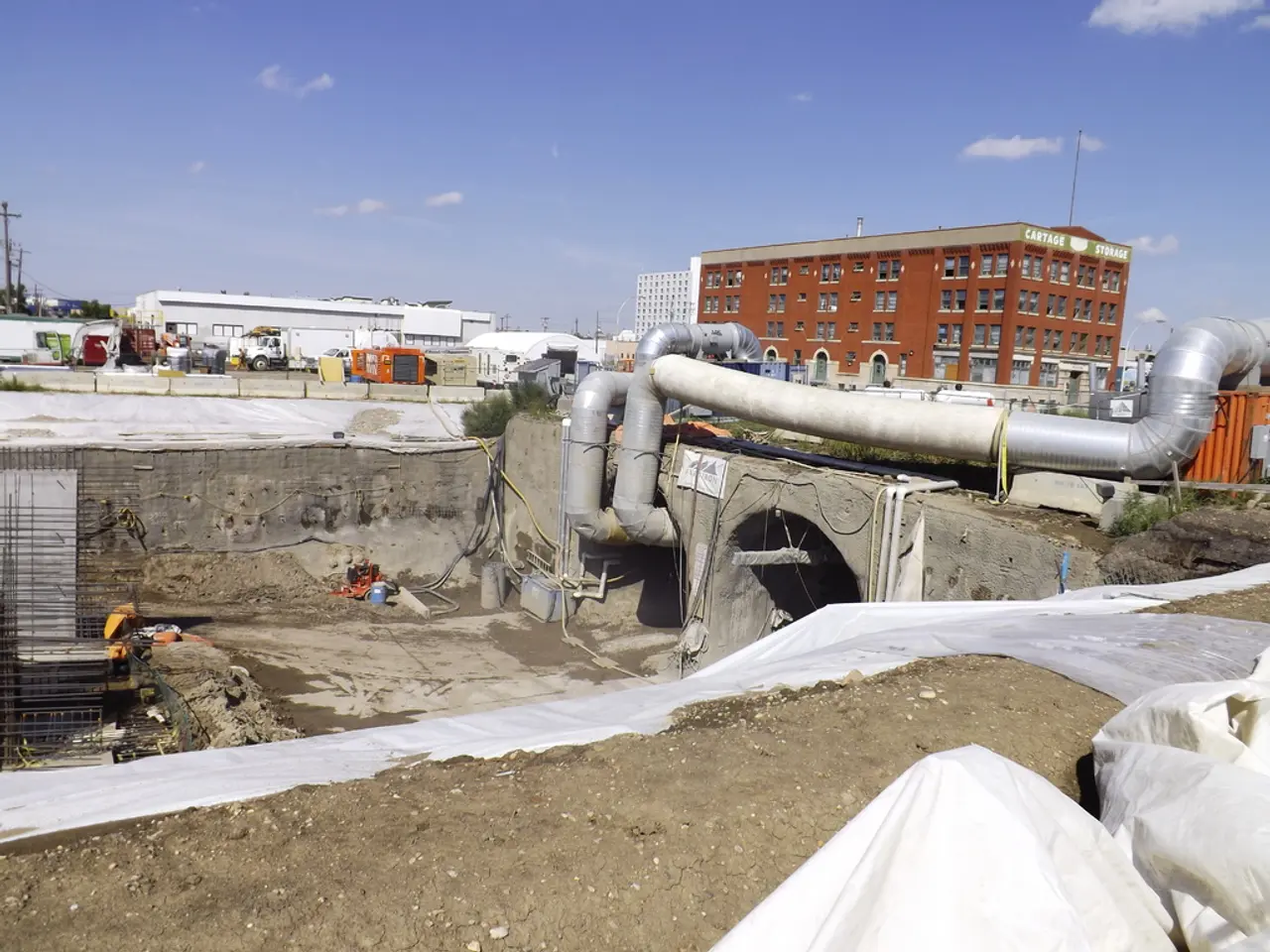Intense Drone Assault by Russia on Ukraine: Over 700 Drone Attack, Report Officials
In the ongoing conflict in Ukraine, Russia's drone production capacity has seen a significant increase, allowing for sustained and intensified drone warfare. According to open-source intelligence, Russia has launched a total of 28,743 Shahed variant drones since the beginning of the full-scale invasion, with about 2,736 drones launched in June 2025 alone.
Russia's domestic drone manufacturing capabilities have undergone a substantial growth. Prime Minister Mikhail Mishustin announced on July 8, 2025, that Russia has more than tripled its planned overall drone production volumes for 2025. This increase is credited to enhanced state financial support and the involvement of civilian companies in drone production. Between February and April 2025, Russia produced an average of 60.5 Geran drones per day, which equates to approximately 1,850 drones per month.
Currently, Russia produces more than 5,000 drones per month from domestic factories established in regions such as Tatarstan. These factories reportedly employ imported workers from Africa and Asia to meet the high production demands. Technological advancements have also been integrated into the drones, including AI capabilities that enable autonomous operation, larger warheads, and improved flight altitudes to evade interception.
This increased production capacity has allowed Russia to conduct large-scale aerial attacks using hundreds of drones in a single night, with the current capability to launch more than 500 drones simultaneously and projections that 1,000-drone raids may occur soon. Russian tactics now include coordinating drone swarms with missile strikes to overwhelm Ukrainian air defenses and target both frontline and civilian locations.
The Institute for the Study of War reported that Russia is expanding its domestic drone production capacity. Meanwhile, Ukrainian interceptor drones, developed to counter the Shahed ones fired by Russia, are increasingly effective. However, the attack had the largest number of drones fired in a single night in the war, resulting in casualties in both Ukraine and Russia.
The European Court of Human Rights ruled that Russia violated international law during the war in Ukraine and was behind the downing of Malaysia Airlines Flight 17. The attack comes at a time of increased uncertainty over the supply of crucial American weapons, and Poland scrambled its fighter jets and put its armed forces on the highest level of alert in response to the attack.
Ukraine's air defenses shot down 296 drones and seven missiles during the overnight attack. One person was killed in the Khmelnytskyi region, and two wounded in the Kyiv region. It is noteworthy that Ukraine has also built up its own offensive drone threat, reaching deep into Russia with some long-range strikes.
As the conflict continues, Russia's drone production capacity and offensive capabilities pose a significant challenge to Ukraine's air defenses. The intensifying aerial and ground assault in the three-year war is a testament to the escalating tensions between the two nations. This is the third time in two weeks that Russia has topped previous nightly barrages, indicating a potential trend towards larger and more frequent attacks.
- The escalation in Ukraine's conflict, with Russia's intensified drone warfare, has been fueled by Russia's increased domestic drone production capacity, as announced by Prime Minister Mikhail Mishustin on July 8, 2025.
- The enhanced state financial support and involvement of civilian companies in drone production have attributed to Russia's tripling of its planned overall drone production volumes for 2025.
- The significant challenge to Ukraine's air defenses is not only from the increased drone production but also from Russia's technological advancements, such as AI capabilities, larger warheads, and improved flight altitudes, which help evade interception.








